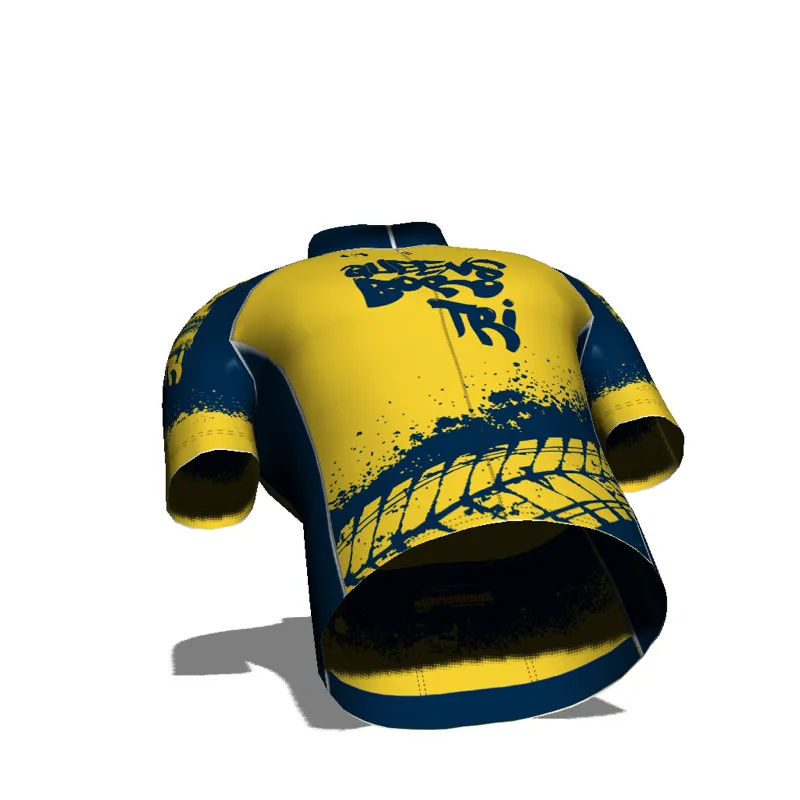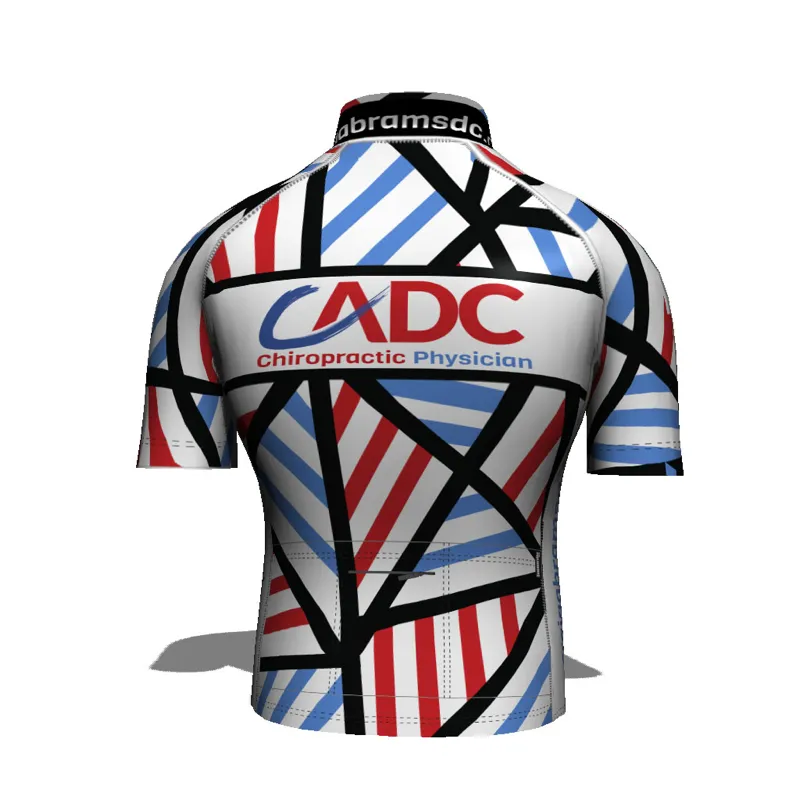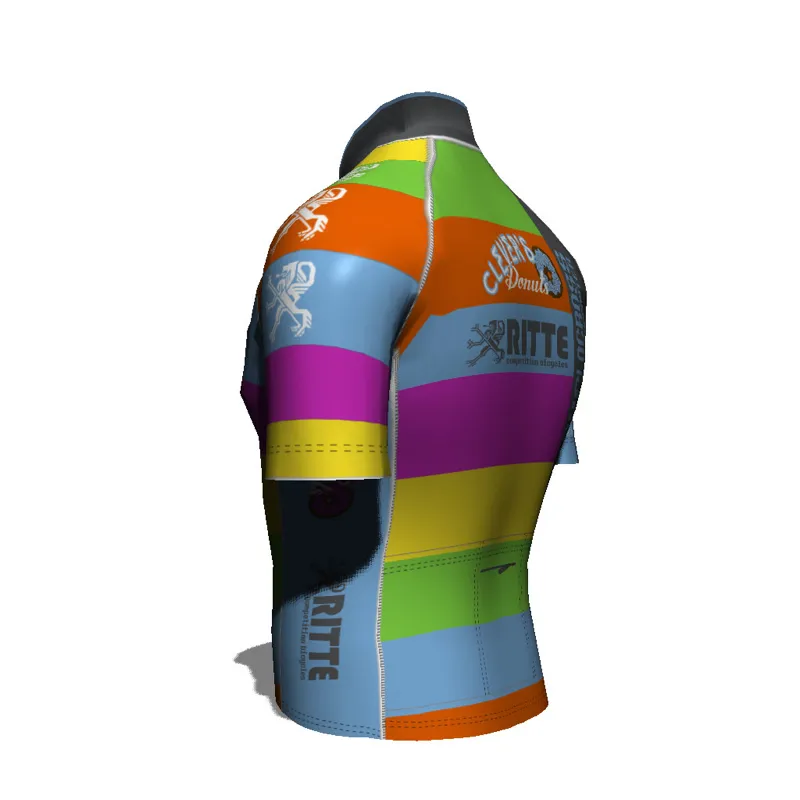Sommerville Sports has added an interesting feature to custom clothing process for clubs and teams — 3D proofing. Instead of looking at a flat file to approve designs for jerseys and bibs, customers can watch a short video that shows the rotating clothing filled out as if someone was wearing it.
Flat art proofs are still used for final approval, but Sommerville Sports co-founder Jed Kornbluh said he hopes the 3D proofs could help clubs, teams or bike shops show off designs to team members or sponsors.

3D proofing lets customers see how a custom piece will look from all angles
At least in the United States, custom clothing is a rapidly growing segment with literally dozens of companies offering design and sublimation services for a range of cycling clothing. With virtually all of these companies, pricing depends on the quantity of pieces ordered, with minimum numbers required. Sommerville Sports has a low minimum of five jerseys or bibs. After that, clubs can order a single piece.
"The five jerseys can be mixed in cut (Club or Race), sleeve options (long sleeve, short sleeve or sleeveless), or gender, all at the same price," Kornbluh told BikeRadar. "We do not charge for set-up or art design. Just send logos in vector format and a little or a lot of design direction and we will take it from there."
Sommerville sports
The Brooklyn-based Sommerville Sports started online ordering earlier this year, where team members can enter their orders individually and — for a fee — have them shipped individually too.
"My business partner David Sommerville and I started this company to make custom clothing ordering a simpler process and this 3D concept is just another part of that plan," Kornbluh said.
llustrator and NYVelocity co-founder Alex Ostroy played a key role in developing the 3D mapping, Kornbluh said.





